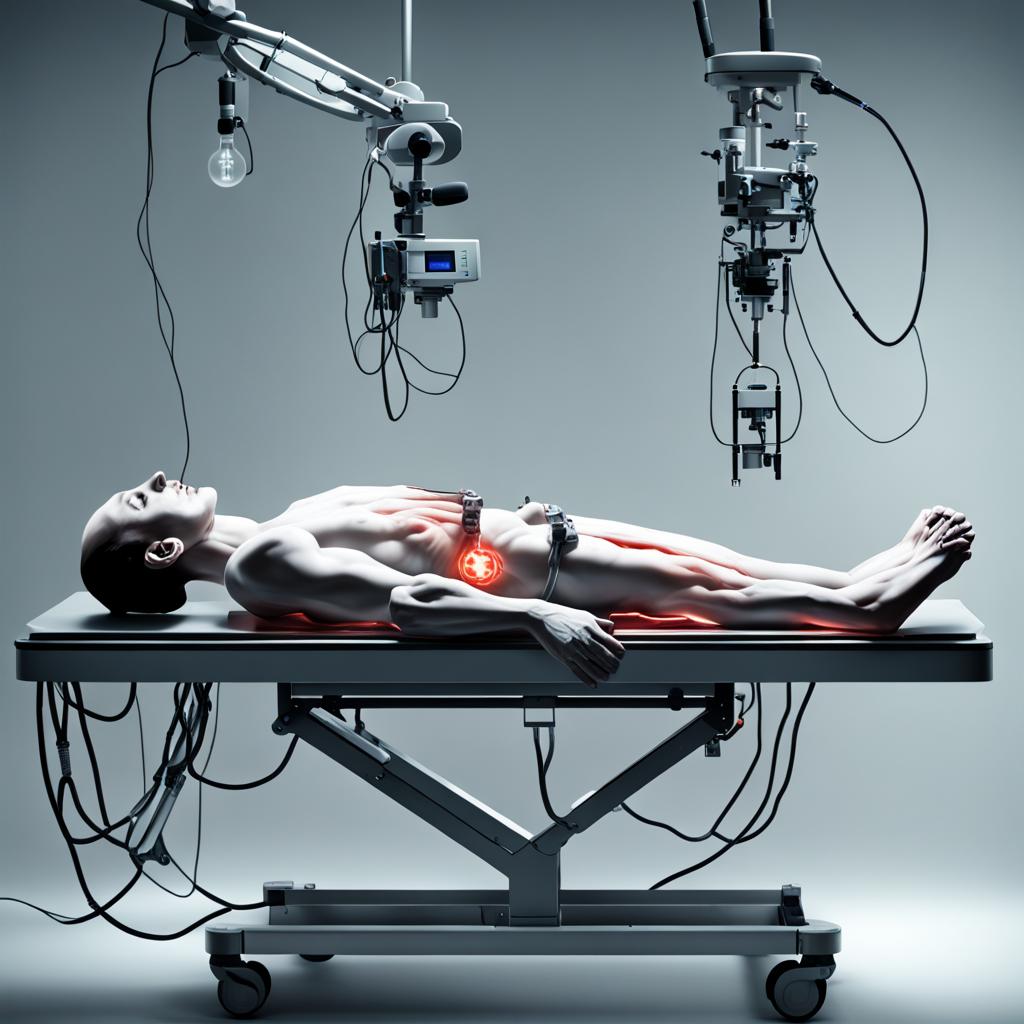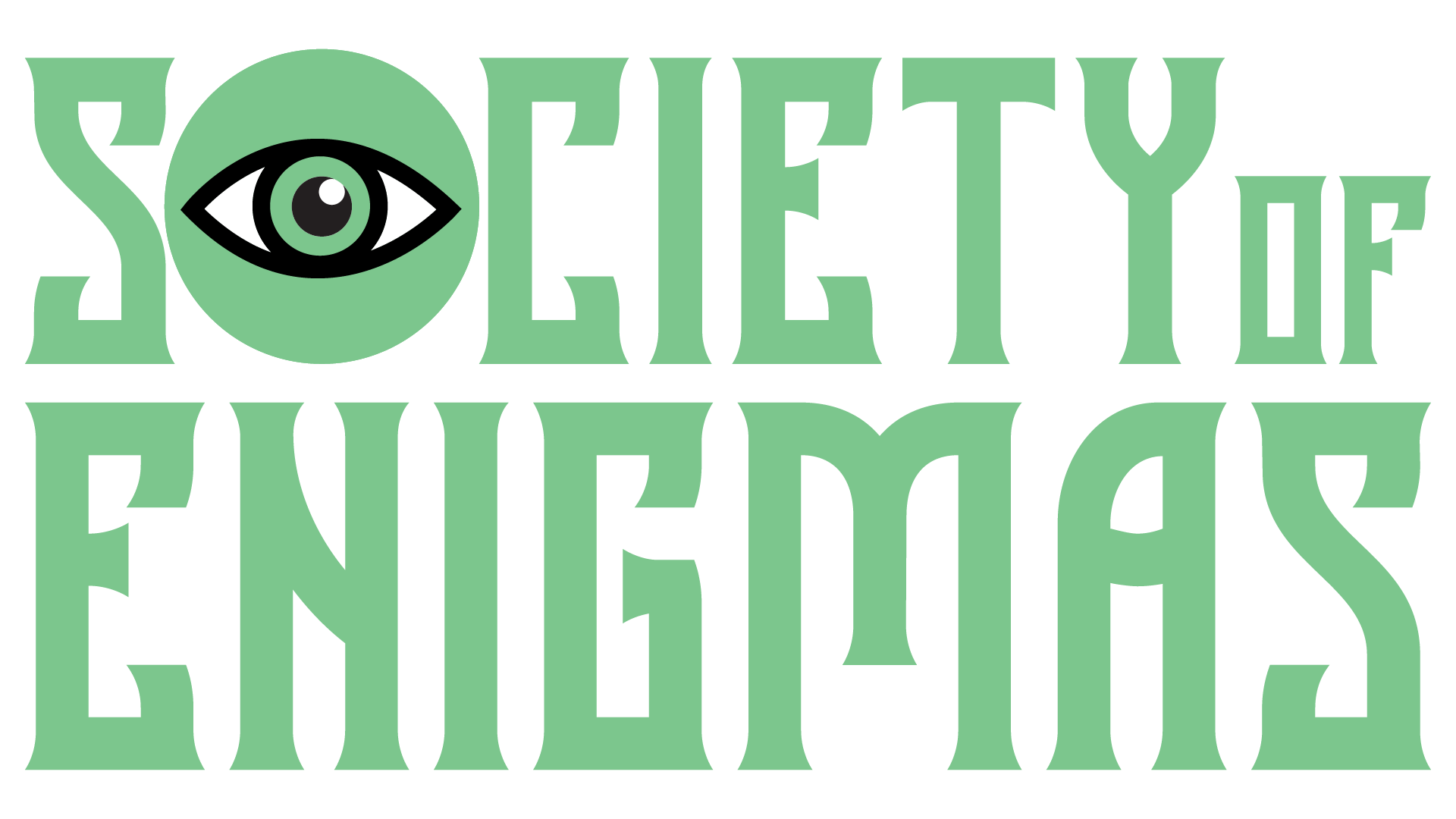Reanimation Success

Title: Medical Report on Successful Corpse Reanimation
Patient Information: Patient Name: Subject X Age: 28 Gender: Male
Chief Complaint: Subject X was brought in as a cadaver for experimental purposes in reanimation.
History of Present Illness: Subject X was a previously deceased individual with a history of cardiac arrest leading to irreversible cessation of vital signs. The body was preserved promptly post-mortem for experimental reanimation procedures.
Clinical Findings: Upon initial assessment, Subject X displayed no signs of life, with complete absence of cardiac activity, respiratory efforts, and neurological responses. Rigor mortis was evident, and the body showed typical post-mortem changes.
Procedure: The reanimation procedure involved a series of experimental interventions designed to restart physiological functions in the deceased body. The process included the application of electrical stimulation to the heart using specialized equipment to induce cardiac contractions. Additionally, targeted neural stimulation was employed in an attempt to restore neurological function.
Observations: Following the implementation of the reanimation protocols, there was a remarkable response observed in Subject X. Cardiac activity was successfully reinitiated, evidenced by detectable heart rhythms and contractions. Spontaneous respiratory efforts were observed, albeit requiring mechanical assistance initially. Neurological responses, however, remained absent, with no indications of conscious awareness or purposeful movements.
Post-Procedure Monitoring: Subject X was closely monitored post-reanimation for any adverse effects or further signs of improvement. Vital signs were maintained artificially, and extensive neurological assessments were conducted, but no significant improvement in neurological function was noted.
Discussion and Conclusion: The successful reanimation of Subject X’s cardiac and respiratory functions marks a significant advancement in the field of experimental medicine. However, despite the restoration of certain physiological processes, complete neurological revival, and restoration of consciousness remained unattainable.
Further research and exploration into refining reanimation techniques and understanding the complexities of neurological restoration in deceased subjects are imperative. Ethical considerations regarding the quality of life, consciousness, and the boundary between life and death need thorough examination in light of these experimental advancements.
Patient Disposition: Subject X remains under observation for continued research purposes and ethical deliberation. Long-term care and decisions regarding the ethical implications of sustained reanimation are under discussion by the research team and appropriate governing bodies.
Prepared by: Mary Shelley,
MD Lead Researcher,
Experimental Medicine Department
Society of Enigmas
